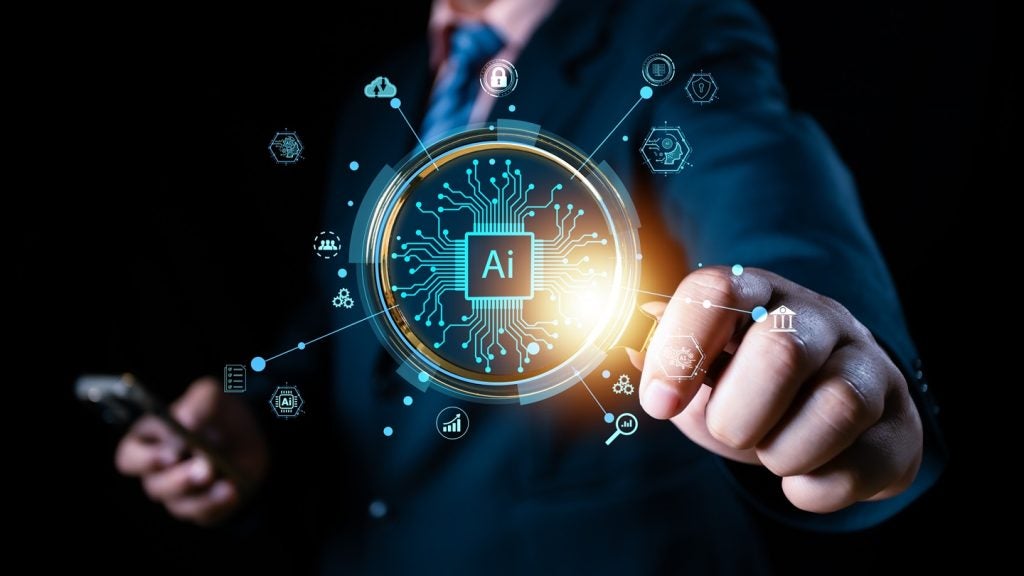ANSYS has filed a patent for a method and system to determine respiratory particle deposition in the lungs. The invention involves generating a single conduit model representing lung generations and performing computational fluid dynamics simulations to calculate the mass of particles deposited in each generation. A scaling factor is used to determine the total mass of particles deposited in a specific generation. Other embodiments are also claimed. GlobalData’s report on ANSYS gives a 360-degree view of the company including its patenting strategy. Buy the report here.
According to GlobalData’s company profile on ANSYS, Capillary blood collection devices was a key innovation area identified from patents. ANSYS's grant share as of September 2023 was 53%. Grant share is based on the ratio of number of grants to total number of patents.
Method and system for determining respiratory particle deposition in a lung
A recently filed patent (Publication Number: US20230306166A1) describes a computer-implemented method and system for simulating respiratory particle delivery to the lungs. The method involves generating a single conduit model that represents different generations of the lung, with each generation having at most two branches. A computational fluid dynamics (CFD) simulation is performed to determine the mass of respiratory particles leaving one generation and the mass of particles deposited in the next generation. Based on this data, a total mass of respiratory particles deposited in a specific generation of the lung is determined using a scaling factor.
The patent also describes the inclusion of additional CFD simulations to determine the total masses of respiratory particles deposited in the lung for a range of input parameters. This data is then used to generate a reduced order model (ROM) that can predict the total masses of respiratory particles deposited in the lung. The number of additional CFD simulations is based on the range of the input parameter, which can include factors such as total particle mass or total air volume entering a specific generation of the lung.
The patent further details a computer-implemented method and system for performing the above-described simulation. The method involves receiving a single conduit model representing different generations of the lung and performing a CFD simulation to determine the mass of respiratory particles leaving one generation and the mass of particles deposited in the next generation. A scaling factor is then used to determine the total mass of respiratory particles deposited in a specific generation of the lung.
The system described in the patent includes a memory to store the conduit model and one or more processors to perform the CFD simulation and determine the total mass of respiratory particles deposited in the lung. The processors can also perform additional CFD simulations to determine the total masses of respiratory particles deposited in the lung for a range of input parameters and generate a reduced order model for predicting these masses.
In summary, the patent describes a method and system for simulating respiratory particle delivery to the lungs using a single conduit model and computational fluid dynamics. The invention allows for the determination of total masses of respiratory particles deposited in different generations of the lung and the generation of a reduced order model for predicting these masses based on input parameters.
To know more about GlobalData’s detailed insights on ANSYS, buy the report here.
Data Insights
From

The gold standard of business intelligence.
Blending expert knowledge with cutting-edge technology, GlobalData’s unrivalled proprietary data will enable you to decode what’s happening in your market. You can make better informed decisions and gain a future-proof advantage over your competitors.







